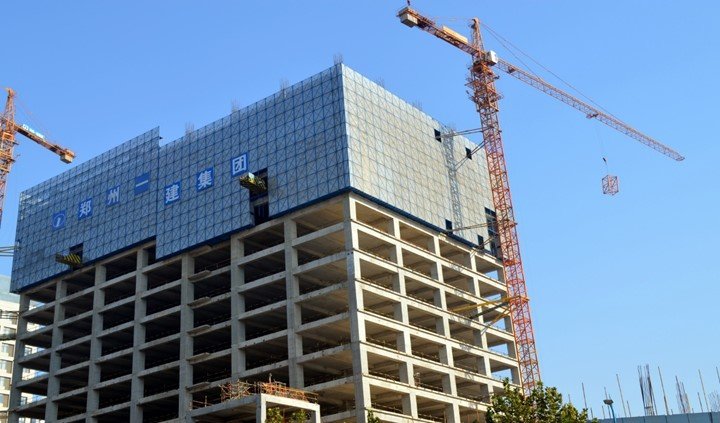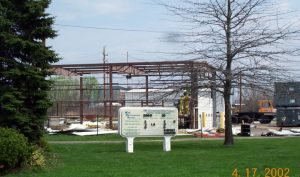Most people know the work of GPS technology is to turn driving directions from one point to another. However, it is also useful in the specialized work of the environment. Over 30% of workers have incorporated the use of GPS in their incorporation. The increase will be seen in the coming years as the benefits are known. In the construction industry, many moving parts use GPS. Here are the top applications.
1. Track fleet
Fleet tracking is a common use of GPS in construction sites. It tracks fast and effective routes. For this reason, it saves time, prevents traffic congestion as well as maximizes the fuel economy. This benefit ensures that the budget is affordable. Moreover, you can begin making proper decisions to improve the fleet’s effectiveness and save money.
2. Provides safety
Construction industries have a significant role in maintaining safety on job sites. It is better to prevent risks since workers are at risk. Besides fatalities and injuries, construction work is interrupted. Construction tools with GPS ensure safety.
3. Give alerts
Most managers know how long projects will take. Henceforth, they program custom alerts to notify them if a worker is taking longer than a normal pace. It also helps to show if workers are in trouble and how they can reach out.
4. Notify hazards
Construction sites have high-risk places like power lines that can be notified by GPS. Other places have geofences that act as a warning before workers proceed. Workers with GPS technology get hazard notifications when entering in risk zones. This ensures extra precaution is taken.
5. Offer panic buttons
GPS tracking systems are on fleets and many have an emergency button that can be carried. The buttons are useful when laborers are in danger and cannot access phone or vehicle.



